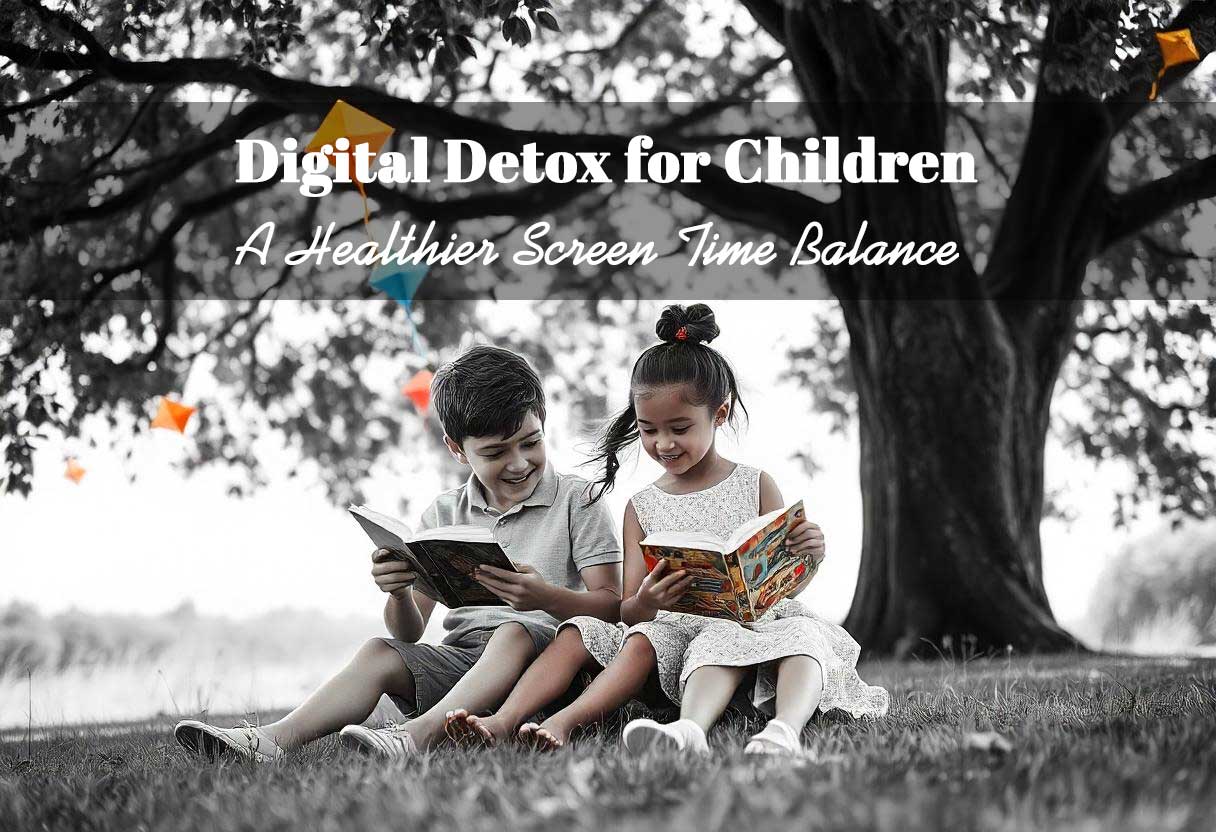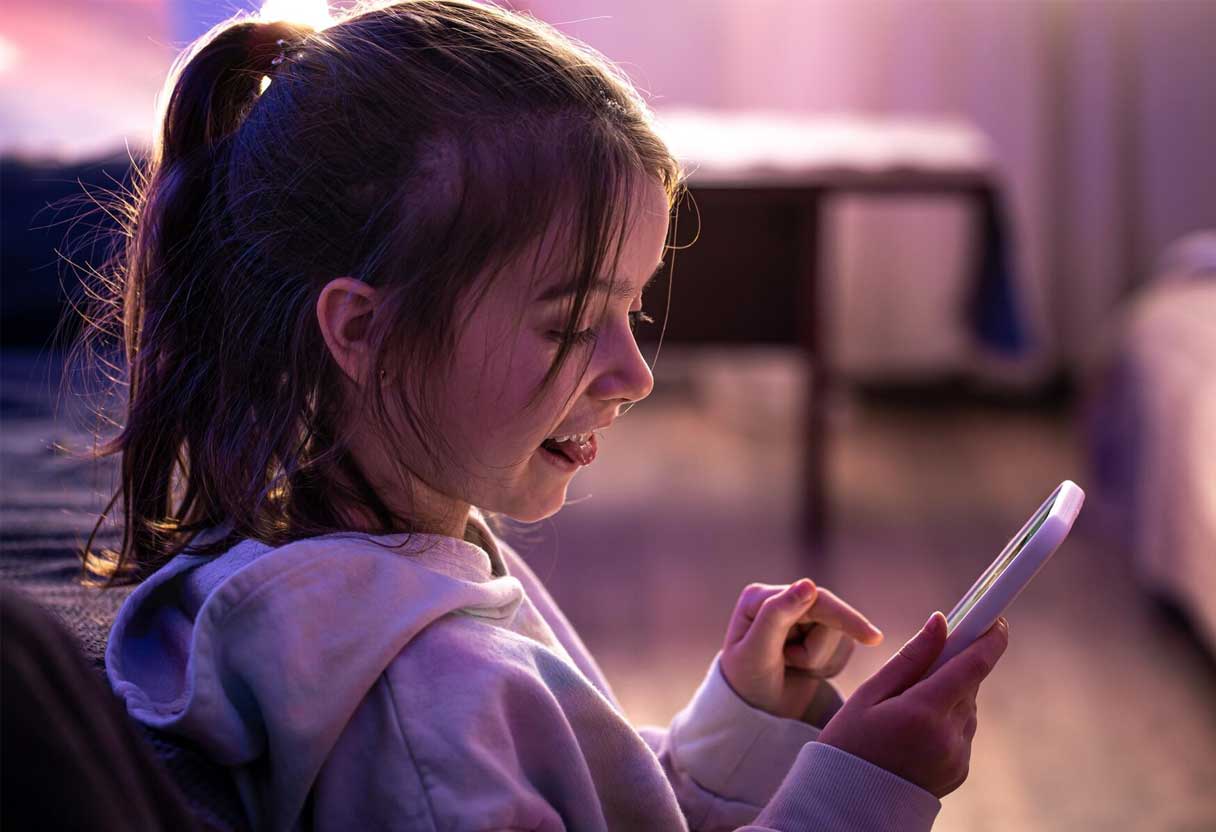Digital Detox for Children: A Healthier Screen Time Balance

In today’s world, children are being introduced to digital devices at an increasingly young age. From smartphones to tablets and gaming consoles, screens have become an integral part of their lives. While these tools offer vast educational and entertainment opportunities, excessive screen time can hinder children’s mental, emotional, and physical well-being. The concept of a digital detox isn't about eliminating devices altogether but rather finding the right balance.
Why a Digital Detox is Essential for Kids
Children need diverse activities to grow and thrive. Over-reliance on screens can:
- Interfere with Sleep: Excessive screen time, especially before bed, disrupts natural sleep cycles.
- Harm Attention Span: Constant exposure to digital stimuli can decrease children’s ability to focus.
- Impact Physical Health: Long hours in front of a screen contribute to a sedentary lifestyle, which affects posture and increases the risk of obesity.
- Affect Social Skills: Too much digital engagement may limit face-to-face interactions, a key aspect of socio-emotional development.
A digital detox can help reset these habits and encourage healthier behaviors.
Signs Your Child Might Need a Digital Detox
Some key indicators include:

1. Struggling to concentrate on non-screen activities.
2. Displaying irritability or anxiety when screens are taken away.
3. Spending disproportionate time indoors and avoiding outdoor play.
4. Expressing frequent boredom unless entertained by a device.
5. Complaints regarding eye strain or physical discomfort.
If these behaviors sound familiar, it may be time to take action.
Strategies for a Successful Digital Detox
A digital detox for children doesn't need to feel like a punishment. With the right strategies, it can be smooth and enjoyable:
- Set Clear Boundaries: Create rules about screen time and designate device-free zones such as bedrooms and dining tables.
- Lead by Example: Parents should also reduce their screen use to serve as positive role models.
- Replace Screen Time with Other Activities:
- Introduce creative hobbies like drawing, painting, or crafting.
- Encourage outdoor play, sports, or nature exploration.
- Introduce Tech-Free Time Periods: Establish specific hours where all devices are put away.
- Explore Non-Digital Entertainment: Read books together, play board games, or engage in puzzles that stimulate the brain without screens.
- Form Positive Habits Gradually: Sudden changes might meet resistance; introducing breaks in small increments can be more effective.

Overcoming Challenges
Resistance to change is natural, especially when technology is so integrated into daily routines. Here are a few tips to overcome challenges:
- Communicate the ‘why’: Let children understand the reasons behind these adjustments.
- Be patient: A successful detox takes time, and gradual progress is better than an overnight overhaul.
- Provide incentives: Celebrate screen-free milestones with small, meaningful rewards.
Benefits of a Digital Detox
Once integrated into your child’s routine, a digital detox can lead to:
- Improved sleep quality and energy levels.
- Enhanced focus and academic performance.
- Better physical health through active play.
- Stronger bonds through family time and social interactions.
- A newfound appreciation for non-digital hobbies and creativity.
Conclusion
As parents and caregivers, helping children strike a balance between digital engagement and other aspects of life is crucial. A thoughtful approach to digital detox allows kids to reap the benefits of technology without being consumed by it. It’s not about forbidding devices altogether but nurturing a balanced relationship with them. With effort and perseverance, families can collectively build healthier habits and enjoy more meaningful connections.
Join our community today and take the first step towards a healthier, more balanced you.
Note: This is for informational purposes only and should not replace professional medical advice. Always consult a healthcare professional before starting any new treatment or session.
Photo: @Freepik, @unsplash @microsoft designer

